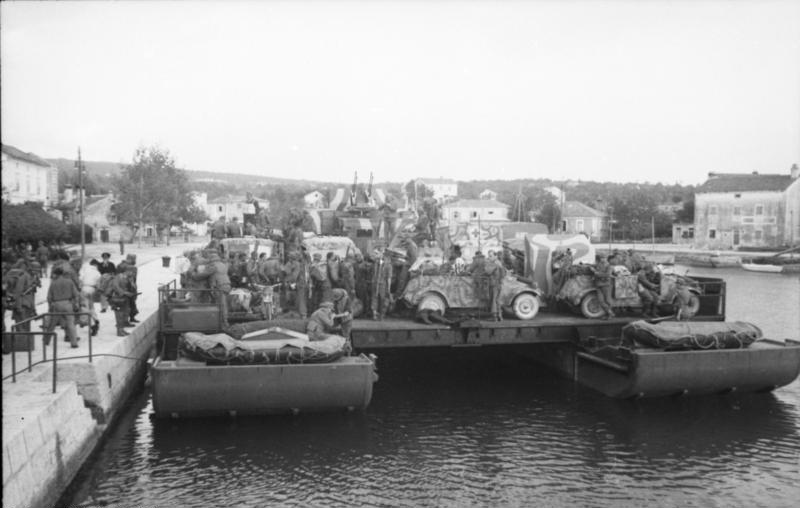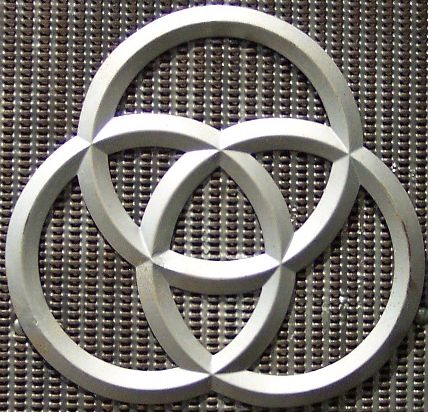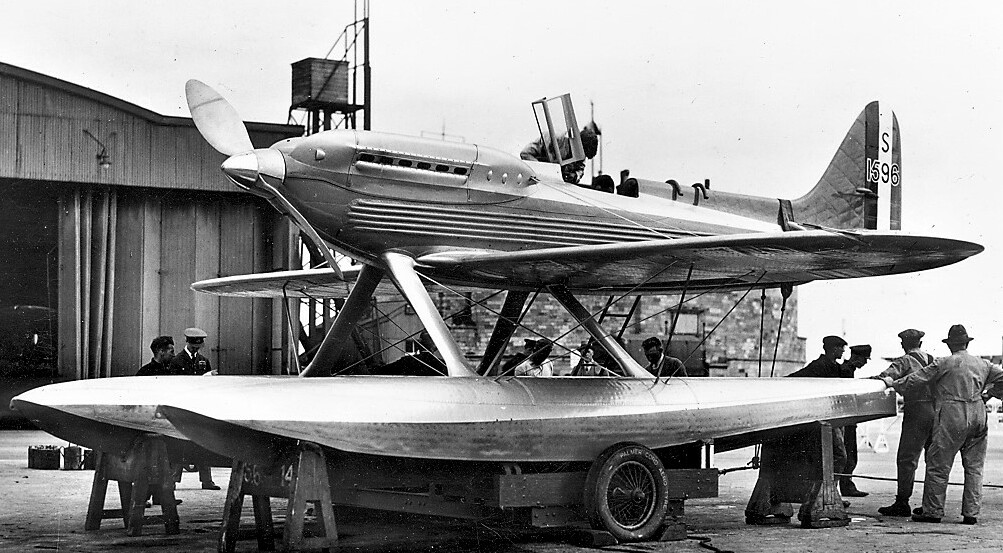|
Siebel Ferry
The Siebel ferry (''Siebelfähre'') was a shallow-draft catamaran landing craft operated by Germany's Wehrmacht during World War II. It served a variety of roles (transport, flak ship, gunboat, convoy escort, minelayer) in the Mediterranean, Baltic and Black Seas as well as along the English Channel. They were originally developed for Operation Sea Lion in 1940, the cancelled German invasion of England. Siebel ferries continued performing after the war's end in 1945. Origins and development As German Army preparations for Operation Sea Lion got under way in July 1940, frustration soon grew over when and what types of ships the ''Kriegsmarine'' would supply for use in the planned Channel crossing. The immense task of converting hundreds of inland river barges and motor coasters into proper landing craft began, and the ''Kriegsmarine'' was unable to give the Army a date for their availability.Kieser, p.120 Anxious to begin landing exercises, ''Feldmarschall'' Walther von Brauchitsc ... [...More Info...] [...Related Items...] OR: [Wikipedia] [Google] [Baidu] |
German Army (1935–1945)
The German Army (german: Heer, ; ) was the Army, land forces component of the ''Wehrmacht'', the regular German Armed Forces, from 1935 until it effectively ceased to exist in 1945 and then was formally dissolved in August 1946. During World War II, a total of about 13.6 million soldiers served in the German Army. Army personnel were made up of volunteers and conscripts. Only 17 months after Adolf Hitler announced the German rearmament program in 1935, the army reached its projected goal of 36 Division (military), divisions. During the autumn of 1937, two more corps were formed. In 1938 four additional corps were formed with the inclusion of the five divisions of the Austrian Army after the ''Anschluss'' in March. During the period of its expansion under Hitler, the German Army continued to develop concepts pioneered during World War I, combining ground and air assets into combined arms forces. Coupled with operational and tactical methods such as encirclements and "battle of a ... [...More Info...] [...Related Items...] OR: [Wikipedia] [Google] [Baidu] |
Cotentin Peninsula
The Cotentin Peninsula (, ; nrf, Cotentîn ), also known as the Cherbourg Peninsula, is a peninsula in Normandy that forms part of the northwest coast of France. It extends north-westward into the English Channel, towards Great Britain. To its west lie the Gulf of Saint-Malo and the Channel Islands, and to the southwest lies the peninsula of Brittany. The peninsula lies wholly within the department of Manche, in the region of Normandy. Geography The Cotentin peninsula is part of the Armorican Massif (with the exception of the Plain lying in the Paris Basin) and lies between the estuary of the Vire river and Mont Saint-Michel Bay. It is divided into three areas: the headland of Cap de la Hague, the Cotentin Pass (the Plain), and the valley of the Saire River (Val de Saire). It forms the bulk of the department of Manche. Its southern part, known as "le Marais" (the Marshlands), crosses from east to west from just north west of Saint Lo and east of Lessay and marks a natural bo ... [...More Info...] [...Related Items...] OR: [Wikipedia] [Google] [Baidu] |
BMW VI
The BMW VI was a water-cooled V-12 aircraft engine built in Germany in the 1920s. It was one of the most important German aero engines in the years leading up to World War II, with thousands built. It was further developed as the BMW VII and BMW IX, although these saw considerably less use. It was also produced in the Soviet Union as the M-17 and Japan as the Kawasaki Ha-9. Design and development The BMW VI was the first twelve-cylinder engine built by the BMW. It essentially consisted of two cylinder banks from the six-cylinder BMW IV bolted to a common cast aluminium crankcase at a 60-degree included angle between the cylinder banks. Series production commenced in 1926 after type approval had been granted. From 1930 on, after 1000 engines of the BMW VI type had already been delivered, Germany was again permitted to construct military aircraft. The sudden additional demand resulted in the production figures increasing rapidly. In 1933 the BMW VI was used for BMW's first experi ... [...More Info...] [...Related Items...] OR: [Wikipedia] [Google] [Baidu] |
Rheinhausen
Rheinhausen () is a district of the city of Duisburg in Germany, with a population of 78,203 (December 31, 2020) and an area of 38.68 km². It lies on the left bank of the river Rhine. Rheinhausen consists of the neighbourhoods: Rumeln-Kaldenhausen, Hochemmerich (including Asterlagen), Bergheim (including Trompet-Oestrum), Friemersheim, and the central part: Rheinhausen-Mitte, which has a population of 10,666. It has railway stations, Rheinhausen station and Rheinhausen Ost station on the Osterath–Dortmund Süd railway. History In the surroundings of Rheinhausen, there are traces of settlements dating back to the Roman period. Remains of a guardhouse on the Roman boundary, the Limes (Roman Empire), limes, have been found during sanitary sewer, sewerage works. Later, the Irish bishop Ludger is said to have done missionary work in this region. Until administrative reorganisation in 1975 Rheinhausen had been an independent city. It had received city rights in 1934, but the o ... [...More Info...] [...Related Items...] OR: [Wikipedia] [Google] [Baidu] |
Krupp
The Krupp family (see pronunciation), a prominent 400-year-old German dynasty from Essen, is notable for its production of steel, artillery, ammunition and other armaments. The family business, known as Friedrich Krupp AG (Friedrich Krupp AG Hoesch-Krupp after acquiring Hoesch AG in 1991 and lasting until 1999), was the largest company in Europe at the beginning of the 20th century, and was the premier weapons manufacturer for Germany in both world wars. Starting from the Thirty Years' War until the end of the Second World War, it produced battleships, U-boats, tanks, howitzers, guns, utilities, and hundreds of other commodities. The dynasty began in 1587 when trader Arndt Krupp moved to Essen and joined the merchants' guild. He bought and sold real estate, and became one of the city's richest men. His descendants produced small guns during the Thirty Years' War and eventually acquired fulling mills, coal mines and an iron forge. During the Napoleonic Wars, Friedrich Kr ... [...More Info...] [...Related Items...] OR: [Wikipedia] [Google] [Baidu] |
Franz Halder
Franz Halder (30 June 1884 – 2 April 1972) was a German general and the chief of staff of the Oberkommando des Heeres, Army High Command (OKH) in Nazi Germany from 1938 until September 1942. During World War II, he directed the planning and implementation of Operation Barbarossa, the 1941 invasion of the Soviet Union. Halder became instrumental in the radicalisation of warfare on the Eastern Front (World War II), Eastern Front. He had his staff draft both the Commissar Order (issued on 6 June 1941) and the Barbarossa Decree (signed on 13 May 1941) that allowed German soldiers to execute Soviet citizens for any reason without fear of later prosecution, leading to numerous war crimes and atrocities during the campaign. After the war, he had a decisive role in the development of the myth of the clean Wehrmacht, myth of the clean ''Wehrmacht''. Halder began his military service in 1914. In 1937 he met and became a loyal supporter of Adolf Hitler. Halder participated in the strateg ... [...More Info...] [...Related Items...] OR: [Wikipedia] [Google] [Baidu] |
Berlin
Berlin ( , ) is the capital and largest city of Germany by both area and population. Its 3.7 million inhabitants make it the European Union's most populous city, according to population within city limits. One of Germany's sixteen constituent states, Berlin is surrounded by the State of Brandenburg and contiguous with Potsdam, Brandenburg's capital. Berlin's urban area, which has a population of around 4.5 million, is the second most populous urban area in Germany after the Ruhr. The Berlin-Brandenburg capital region has around 6.2 million inhabitants and is Germany's third-largest metropolitan region after the Rhine-Ruhr and Rhine-Main regions. Berlin straddles the banks of the Spree, which flows into the Havel (a tributary of the Elbe) in the western borough of Spandau. Among the city's main topographical features are the many lakes in the western and southeastern boroughs formed by the Spree, Havel and Dahme, the largest of which is Lake Müggelsee. Due to its l ... [...More Info...] [...Related Items...] OR: [Wikipedia] [Google] [Baidu] |
Herbert Ferry
Herbert may refer to: People Individuals * Herbert (musician), a pseudonym of Matthew Herbert Name * Herbert (given name) * Herbert (surname) Places Antarctica * Herbert Mountains, Coats Land * Herbert Sound, Graham Land Australia * Herbert, Northern Territory, a rural locality * Herbert, South Australia. former government town * Division of Herbert, an electoral district in Queensland * Herbert River, a river in Queensland * County of Herbert, a cadastral unit in South Australia Canada * Herbert, Saskatchewan, Canada, a town * Herbert Road, St. Albert, Canada New Zealand * Herbert, New Zealand, a town * Mount Herbert (New Zealand) United States * Herbert, Illinois, an unincorporated community * Herbert, Michigan, a former settlement * Herbert Creek, a stream in South Dakota * Herbert Island, Alaska Arts, entertainment, and media Fictional entities * Herbert (Disney character) * Herbert Pocket (''Great Expectations'' character), Pip's close friend and roommate in the ... [...More Info...] [...Related Items...] OR: [Wikipedia] [Google] [Baidu] |
Oberkommando Des Heeres
The (; abbreviated OKH) was the Command (military formation), high command of the German Army (1935–1945), Army of Nazi Germany. It was founded in 1935 as part of Adolf Hitler's German rearmament, rearmament of Germany. OKH was ''de facto'' the most important unit within the German war planning until the Battle of Moscow, defeat at Moscow in December 1941. During World War II, OKH had the responsibility of strategic planning of Field army, Armies and Army Groups. The General Staff of the OKH managed operational matters. Each German Army also had an Army High Command ( or AOK). The Armed Forces High Command () then took over this function for theatres other than the Eastern Front (World War II), Eastern front. The OKH commander held the title of Commander-in-chief of the Army (). After the Battle of Moscow, the OKH commander Field marshal Walther von Brauchitsch was removed from office, and Hitler appointed himself as Commander-in-Chief of the Army. From 1938, OKH was, togeth ... [...More Info...] [...Related Items...] OR: [Wikipedia] [Google] [Baidu] |
Sea State
In oceanography, sea state is the general condition of the free surface on a large body of water—with respect to wind waves and swell—at a certain location and moment. A sea state is characterized by statistics, including the wave height, period, and spectrum. The sea state varies with time, as the wind and swell conditions change. The sea state can be assessed either by an experienced observer (like a trained mariner) or by using instruments like weather buoys, wave radar or remote sensing satellites. In the case of buoy measurements, the statistics are determined for a time interval in which the sea state can be considered to be constant. This duration has to be much longer than the individual wave period, but shorter than the period in which the wind and swell conditions can be expected to vary significantly. Typically, records of one hundred to one thousand wave periods are used to determine the wave statistics. The large number of variables involved in creating and des ... [...More Info...] [...Related Items...] OR: [Wikipedia] [Google] [Baidu] |
Float (nautical)
Floats (also called pontoons) are airtight hollow structures, similar to pressure vessels, designed to provide buoyancy in water. Their principal applications are in watercraft hulls, aircraft floats, floating pier, pontoon rhinos, pontoon causeways, and marine engineering applications such as salvage. During World War II the United States Navy Civil Engineer Corps developed a modular steel box (pontoon) for the Seabees to use. It was an industrial sized Lego system of pre-drilled pre-cut angle iron and steel plate that could be assembled anywhere for which they became famous. They used them to facilitate amphibious landings. With the pontoons Seabees assembled docks, causeways, and rhinos to whatever size needed. They allowed landings on Sicily where no one thought possible. They ferried Patton across the Rhine and put the Marines ashore on Okinawa. They would be used during the Korean War in the landing at Inchon in 1950 and again in Lebanon during the 1958 Leban ... [...More Info...] [...Related Items...] OR: [Wikipedia] [Google] [Baidu] |
Kapok Tree
Kapok tree can refer to several plants Malvales with one exception with seeds that grow long hairs: *''Bombax ceiba'', an Asian tree with red flowers *''Calotropis procera'' (Asterid), a shrub with white and purple flowers, native to Asia and North Africa, but a weed in other places *''Ceiba pentandra'', a tree of the tropical Americas with white flowers, cultivated particularly in south-east Asia for its seed fibre *Two trees with yellow flowers native to northern Australia and Papua New Guinea **''Cochlospermum gillivraei ''Cochlospermum gillivraei'' is a tree in the family Bixaceae, with the common name kapok. It is native to Northern Australia. References gillivraei {{rosid-tree-stub ...'' **'' Cochlospermum fraseri'' {{Plant common name ... [...More Info...] [...Related Items...] OR: [Wikipedia] [Google] [Baidu] |







